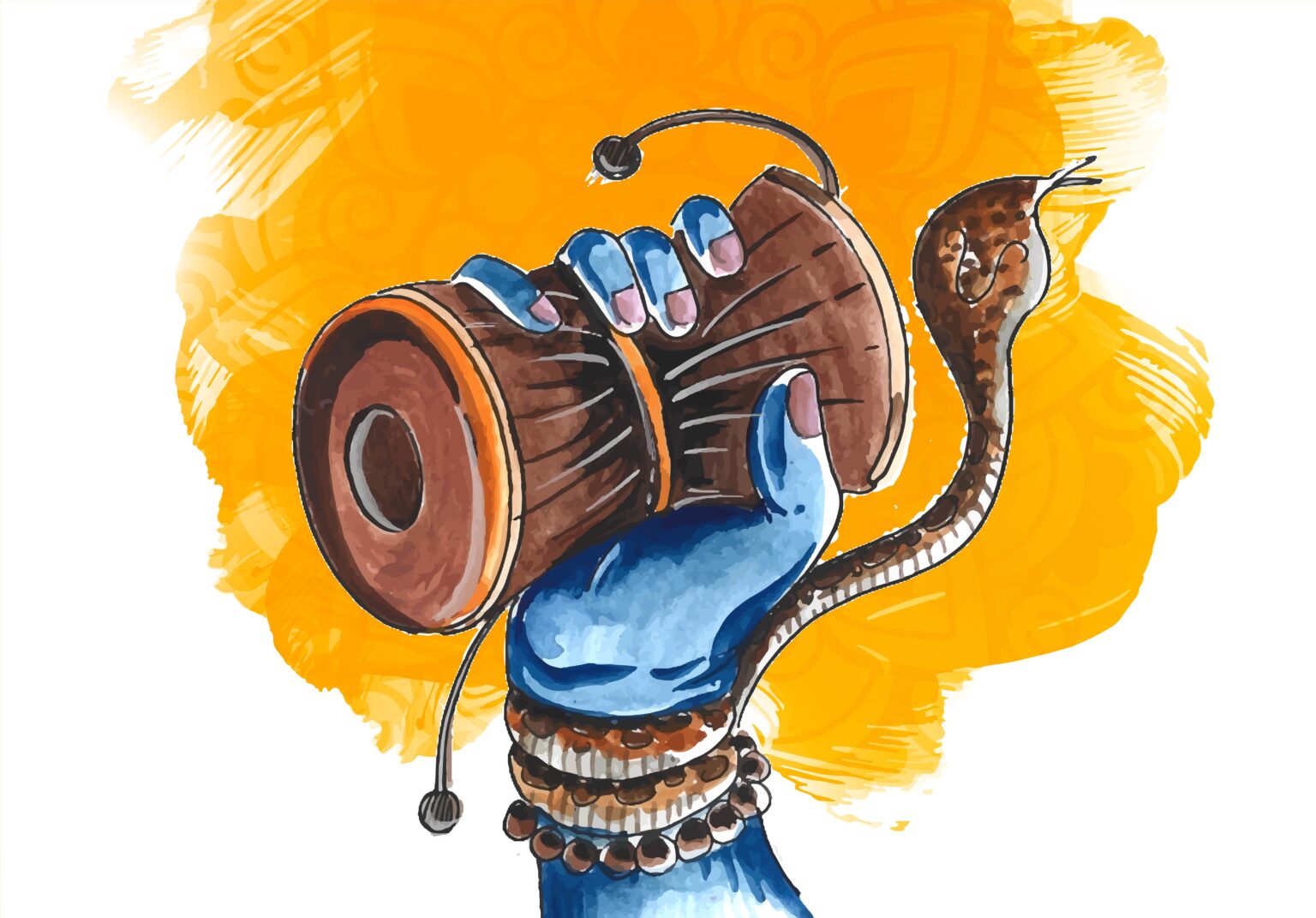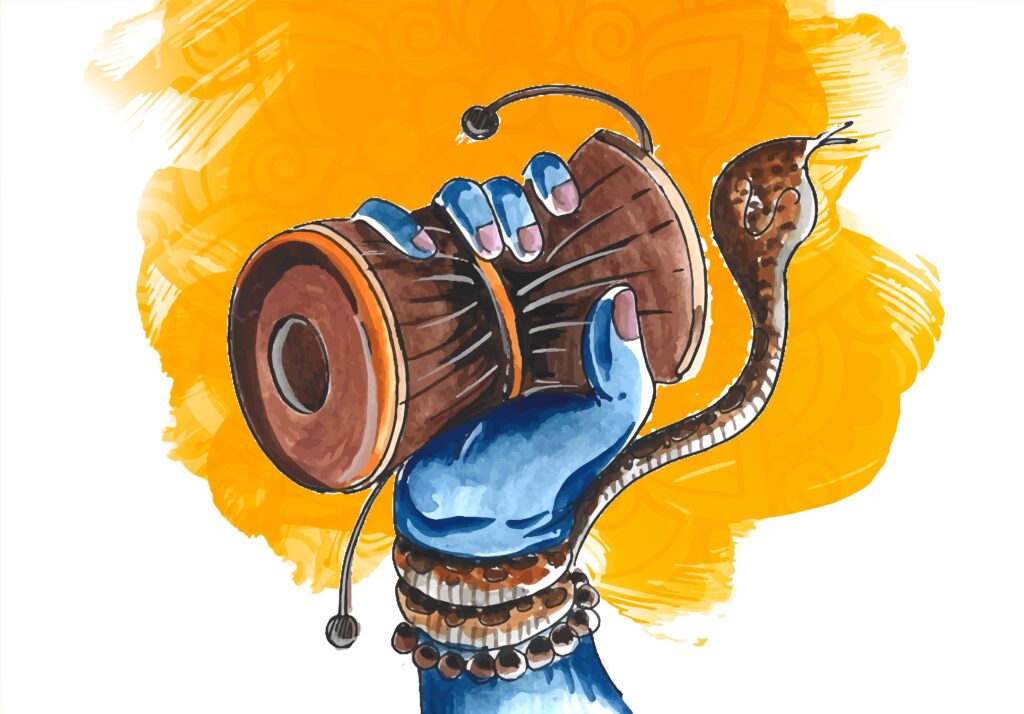The prime responsibility of every Sanatani is to indulge in the deed of righteousness and serve humanity. When I say serving humankind, it means protecting morality and establishing social justice. People who don’t follow the path of ethical values and righteousness cannot find peace in themselves. In simple words, they are not following their dharma. Here, the word dharma means everlasting obligations.
For example, a mail man’s dharma is to deliver the post to the recipient. So, the word dharma doesn’t signify any religion. In fact, Sanatan Dharma is not a religion. It is an honest and vibrant way of life that reminds people of their eternal responsibilities. But the problem with many people is they are ignorant about the authentic meaning of dharma and don’t comprehend the essence of morality in the genuine sense.
Sanatan Dharma is an ancient philosophy and way of life in which intellectuals and sages believe taking birth as a human is a gift to us from divinity. Indeed, our soul goes through 84 lakh Yonis before getting the human form. Therefore, one should not waste living an adharmic and directionless life.
The ultimate purpose of human life is to unite with the supreme consciousness, and the best way to achieve that goal is by following our dharma. Thus, people must follow the path of righteousness and devote themselves to a dharmic life.
If someone wants to know how to follow the path of righteousness and dharma, they must learn it from the philosophy of Shri Rama
[Ebook Amazon Store]. Every Bhartiya (Indian) person connected to their roots sees Lord Rama as their ideal. The name of Rama is the base of the entire Sanatani civilization. This ancient civilization is based on the science and law of nature.
The first key aspect of Sanatan Dharma is to help the unprivileged people. Thus, supporting unfortunate people is the primary responsibility of people in Sanatani culture. Successful people who share their resources with others are supposed to be divine in this culture.
The same goes for someone who saves someone’s life from the potential threat. Such people who protect other lives are supposed to be divine beings. It is the reason people refer to genuine doctors and medical staff as gods.
The most captivating thing about Sanatan dharma is every act of kindness or fulfilling our responsibility with sincerity adds positivity to our lives and makes us spiritually more effective. The cosmic energy becomes a piece of our ambiance and helps us to attract good luck and fortune.
The intriguing thing is we all are part of the same consciousness. But we are not spiritually aware of this truth. In fact, very few people know we radiate our Karmic energy to supreme consciousness through our mind, body, and soul. Thus, the more unselfish work we do, the more spiritually strong we become. So, try to experience the joy of giving to others.
The mind, body, and soul are three elemental tools we can use to perform the act of righteousness as our dharma. The vibration of our every deed affects our magnetic field and entangles our astronomical calculations straightly connected to the supreme reality.
Performing any action with evil intentions will reduce our spiritual energy. But when we involve ourselves in the acts of adequate dharma, our spiritual energy gets a significant boost. It is called Punya Karma.
Temples are high-energy places where spiritual energy transformation happens frequently. Thus, visiting holy places like temples raises our spiritual energy and allows us to connect with a more generous divine influence. That is the reason people love to visit temples and sacred sites because their spiritual energy grows at those places.
In Sanatan Dharma, diviners believe that whenever someone visits such shrines at the very moment, their negativity lowers, which means liberation from various afflictions. Our spiritual energy has a level. And if it drops to the lowest level, then the universal energy of supreme consciousness will pull it out and leave you alone.
The modern physicist says that our universe is a dynamically thriving entity. And at the end of everything, it will dissolve in supreme consciousness. Vedas also states the same thing.
In the Vedic scriptures, Lord Brahma is the creator. Lord Vishnu maintains the creation, and Shiva is the great destroyer who will eventually bring about the end of the universe. Brahmadev’s creativity includes Shiva. But people rarely worship Brahmadev because of a curse placed on Him.
Lord Shiva is another name for the Supreme Lord, responsible for creating, protecting, and transforming the universe. So, since Lord Shiva is part of the creation process, he also has the power to destroy everything.
Meanwhile, if we break the word God into three parts, it signifies this:
G = Governor, O = Operator, and D = Destroyer.








